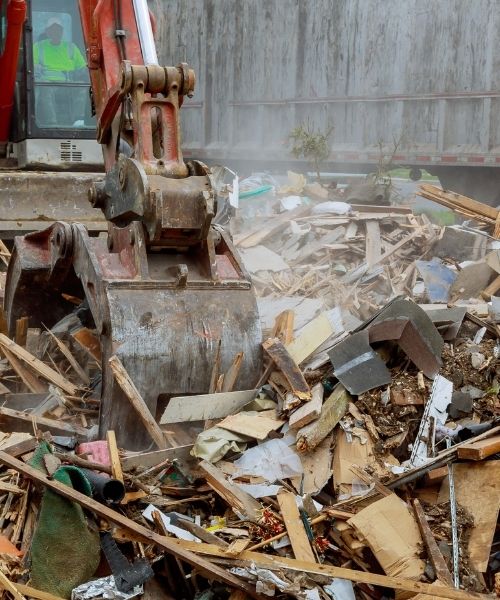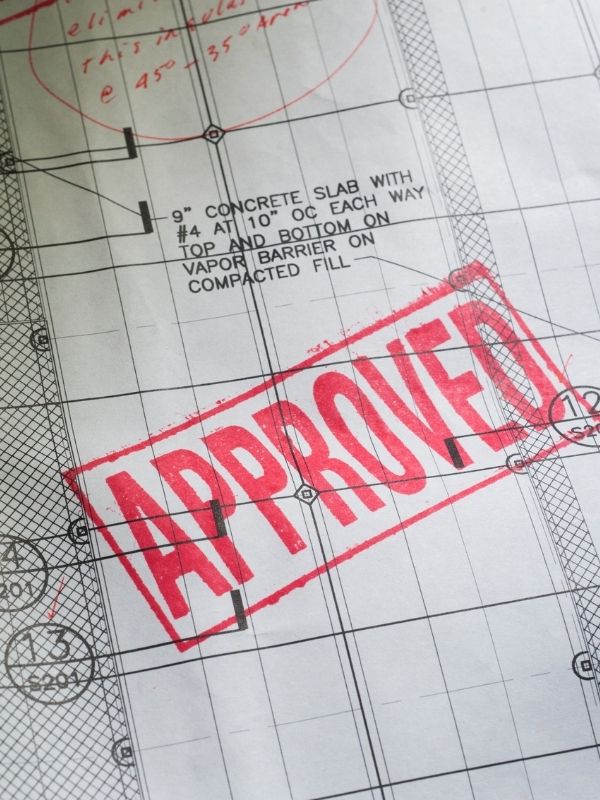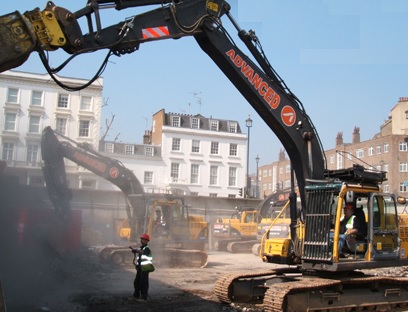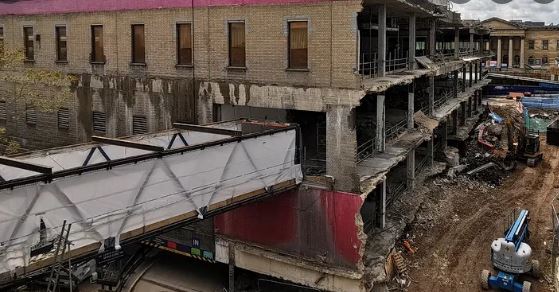Demolition and Construction Waste Challenges and Efficiency
What are the solutions for recycling building waste?
At the end of the 1980s, environmental protection first began to occupy a significant place among the major challenges of our society, but for most of us, it was still just a utopia. In fact, it was not possible to do otherwise than send the waste, including that from construction and demolition, straight to landfill.
Over thirty years later, ideas have matured: environmental protection has become a tangible reality in the field, whether for private individuals or for professional players. Of course, if the sorting of waste is more and more practiced, the situation is far from being perfect for certain categories, for which the proposed solutions are often partial, imperfect, too expensive, or difficult to implement.
Meanwhile, the international certification BREEAM (Mat 6) claims that the construction industry is responsible for approximately 55% of carbon dioxide emissions – with buildings alone contributing 50% of carbon dioxide equivalent emissions.

Waste management is perhaps more complex in the building demolition and construction industry than in other industries, especially as this sector is not directly affected by the choice of materials; this is most often the responsibility of the client who, delegates a large part of the responsibility for the management of the construction to other stakeholders (tenants and management companies for example).
Other reasons for the complexity include the building project stage. It is difficult to predict the quantity and nature of the waste that will be produced, the way in which it will be transported and its final destination, such measurements are hardly ever established.
The production of waste, during the demolition, transformation, and renovation of the building in question, is far from constant and homogeneous. The demolition contractor generally has full responsibility for waste management, without being remunerated appropriately.
The sector has no direct link with the waste market and there is no recipe or ready-made formula. Waste management varies greatly according to the type of site, its duration, and its location according to the trade concerned and the contract concluded with the subcontractors.
Existing solutions are not widely known, transport distances can be a deterrent, lead times too short, and competition fierce.
Even today, a certain number of waste materials that companies produce or use pose problems that are not always satisfactorily resolved, for example, excavated soil, slag, phosphogypsum, ash from the incineration of household waste, used tires, glass that is difficult to recycle, window frames, foundry sands, various plastics, wood waste for which it is not easy to specify the degree of pollution by paints or impregnation products, waste bituminous membranes (in principle inert), or tar (and paint waste which are all considered dangerous.
Several industrial solutions recently developed plans to provide a response to the problems encountered, but also to set up complete and, if possible, profitable sectors for the collection and treatment of construction waste. Their implementation is sometimes slow and difficult, given the difficulties in obtaining the financial means, the operating permit, and favourable collection conditions, only time will tell how profitable these solutions are.
Waste in construction and demolition work are always costly, and the only realistic way to tackle it is to make sure less is produced. Although each stage of a building’s lifecycle offers new opportunities when it comes to reducing waste to see the biggest impact, a robust, properly considered materials efficiency plan should be put into place as early as possible, ideally during the planning stages.
BREEAM Mat 06 Material efficiency for the waste management of a demolition company
BREEAM certification incorporates material efficiency into the program of a demolition contractor with the aim of helping to reduce a project’s environmental impact relating to material usage and waste. BREEAM Mat 06 additionally recommends ‘WRAP, designing out waste’: a guide for buildings as part of a holistic material efficiency strategy plan.

Read more











